Step Rock in St Andrew’s Bay was where suspected witches were drowned.
Its small cave, nestled in the sandstone across from the now-popular pool, was the reckoning place for countless suspected witches from across the Fife area.
Some 35 years ago, two workmen uncovered eight human skeletons when working on a new development by the town’s seafront.
But just where did they come from?
Are they the last remains of the town’s connection to the Witch Trials, or something that requires less faith to believe in?
If you walk along The Scores near the St Andrews Aquarium, you will spot the tidal pool that was once known as Witch Lake.
During the Witch Trials, from 1450 to 1750, accused witches across Fife were taken down to the lake and submerged, with their thumb tied to the opposite toe.
If they drowned, they were innocent.
If they survived, they were dragged to Witch Hill (now Martyrs’ Hill, where Martyrs’ Monument is located) and burnt at the stake.
There are 23 St Andrews residents whose names have been recorded by Edinburgh University as those who were accused of witchcraft.
But there were plenty of unnamed victims.
In 1572 John Knox, the famed leader of the Scottish Reformation and a student from the university, was famously known to have spoken against an unnamed, accused witch in St Andrews prior to her execution.
The woman was searched for a “witch’s mark” – which was often simply a raised bump somewhere on her body – or a magical talisman.
The idea that witches were able to protect themselves using magical talismans was common at the time.
One was eventually found: a white cloth, with many strings attached, tied to her legs, each string carrying a large number of knots.
When her talisman was found, the woman was distraught, and cried out in defeat, “Now I have no hoip of myself!”
After the cloth was taken from her, this unnamed woman was executed for witchcraft in St Andrews on the April 28 1572.
Her name remains unknown.
Countless other women and their stories have no doubt been lost to history.
The bodies of the drowned witches were, of course, abandoned in the ocean.
However, the corpses of those that were burnt were also then dropped from the nearby cliffs.
Could this be what those two workmen discovered in 1987?
Skeletons found at Step Rock
On April 21 1987 two workmen were in the process of digging on the St Andrews seafront when they uncovered a pile of human skeletons.
Thomas Campbell and Ernie Price were in the process of digging a trench for a new pathway along the Step Rock cliffs, to serve a brand-new “water-life garden”, when they made the sinister find.
At the time, Mr Campbell commented: “At first, we thought we’d uncovered the bones of a dog.
“But then we found the skull from one of the skeletons.
“It still had a full set of teeth.”
Police were immediately called to the scene, just outside the site of the former Step Rock Outdoor Swimming Pool.
They contacted local archaeologist Edwina Proudfoot, who promptly discovered eight skeletons in total.
None of them were complete, however, having been cut through when the foundations for the outdoor pool were built in the 1930s.
Archaeologists left baffled
Mrs Proudfoot was perplexed by the discovery.
The eight skeletons were an anomaly for the location – it was unusual for so many to be piled together when there was no evidence for a burial ground in the area.
She admitted: “It is very odd.
“This is a lot of burials for it to be a casual or clandestine affair.”
She believed some of the remains were possibly from between the 14th and 15th centuries.
However, on the evidence of the state of the teeth in one skull, they could have been 17th or 18th century.
The state of the teeth in the other skulls were in good condition, though, which encouraged her to set an earlier date.
The skeletons were discovered under two layers of earth, abandoned at an angle.
Mrs Proudfoot added: “My feeling is that they were put there.
“They did not get here by accident.”
Potential theories
At the time, local journalist Alan Paterson theorised that the skeletons could have been those from the St James Roman Catholic Church.
In 1908 a section of the cliffs near the church graveyard had collapsed and a number of skeletons and gravestones had fallen into the sea.
The skeletons were found shortly after, washed up on the beach.
It was possible that they had then been reburied in the vicinity, and would account for the discovery at Step Rock.
Others wondered if the bodies had belonged to plague victims, who were also put out to sea when they passed away.
Construction on the Step Rock water-life garden resumed shortly after the discovery on April 22 1987.
The complex opened in June that year, and included the new three-storey water-life section, a two-storey bistro, and a garden.
As for the skeletons?
All we can say for certain is that no matter their origins, this mysterious discovery serves as an opportunity to tell even more of the old town’s fascinating stories.
More like this:
General Sikorski in St Andrews? Rare wartime pictures found in forgotten roll of film
No link to the links: When Beeching cuts hit St Andrews rail route into the rough
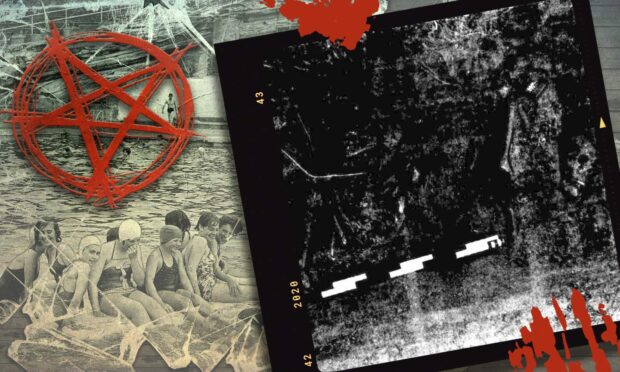
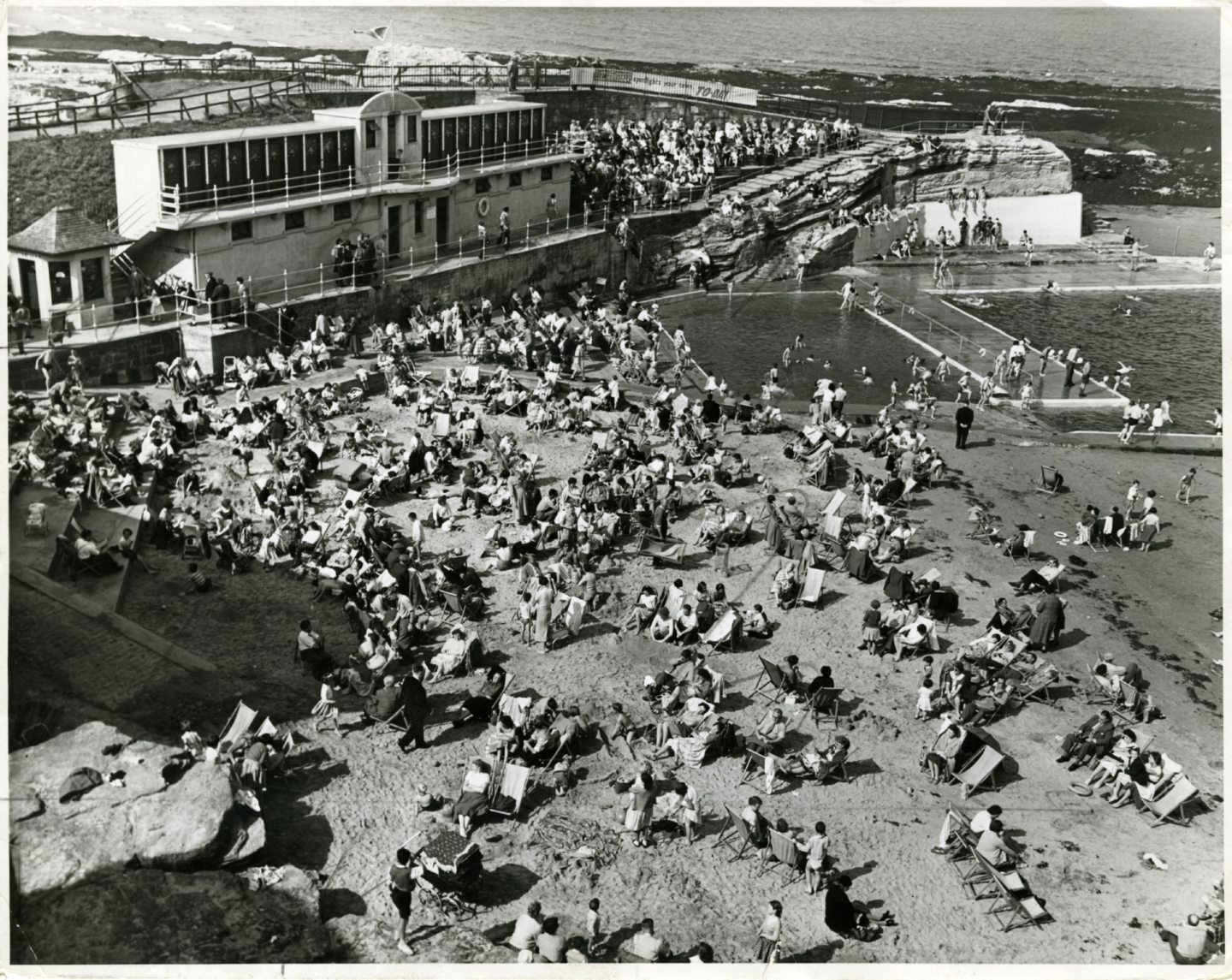
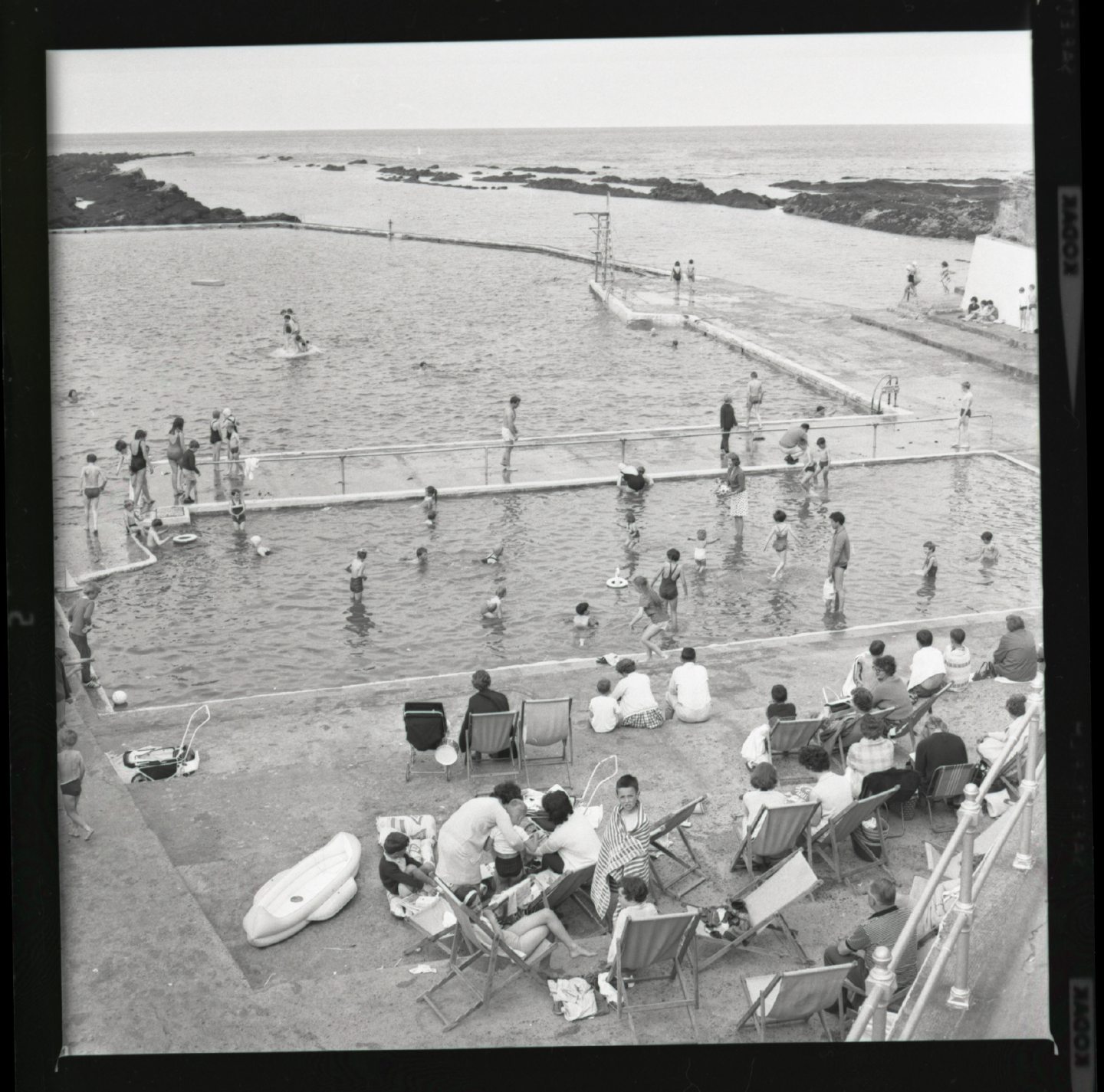
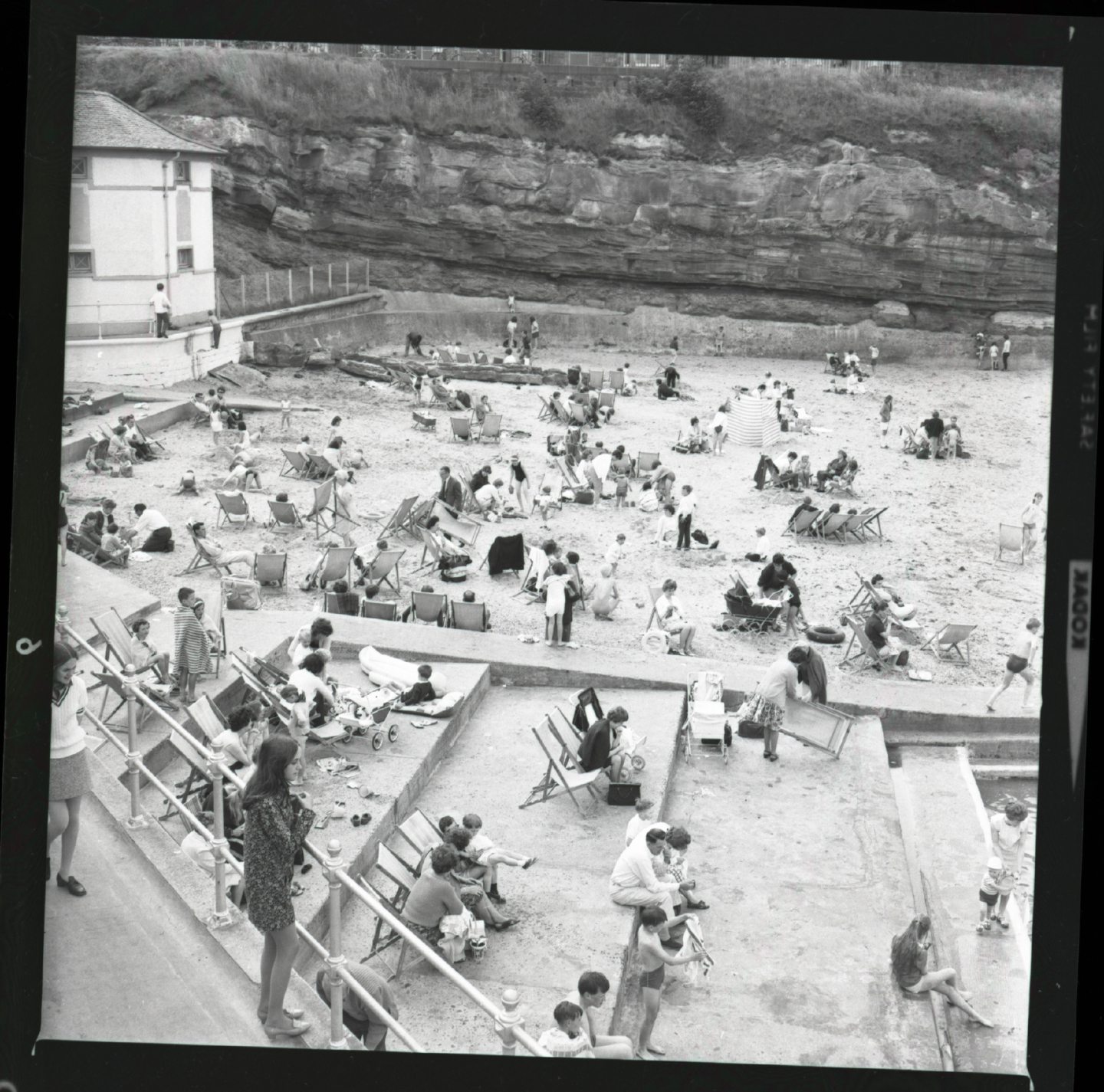
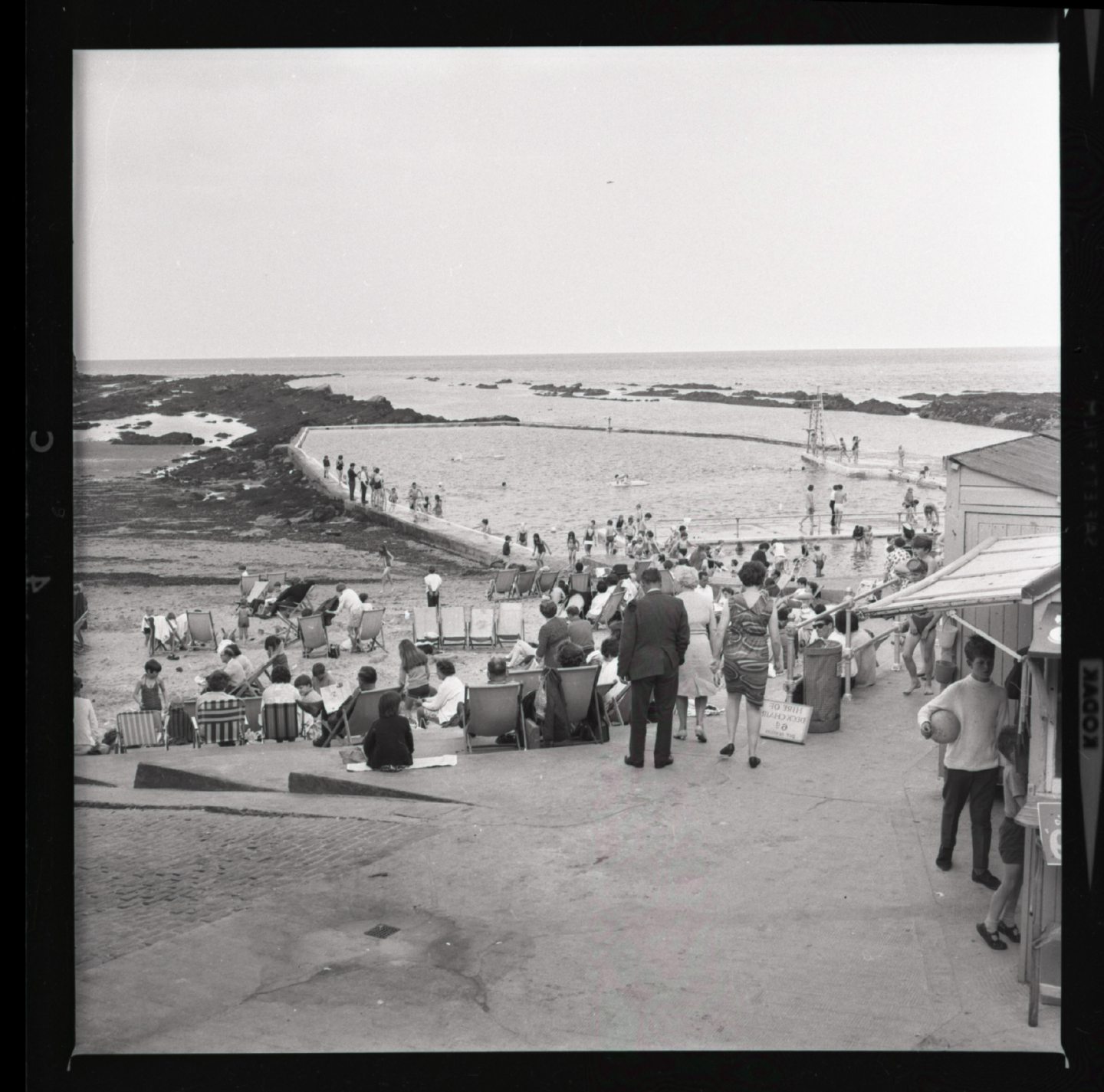
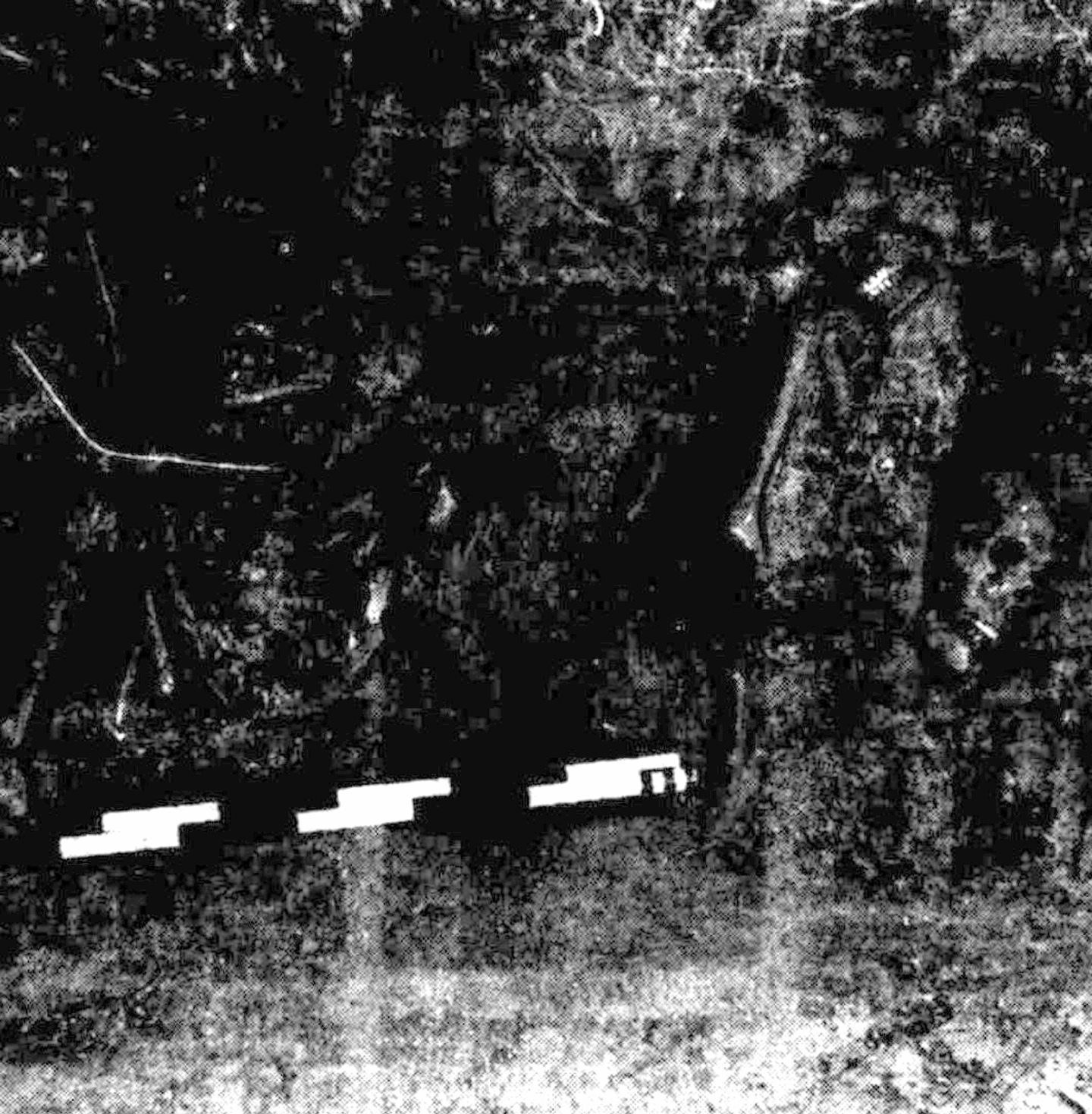
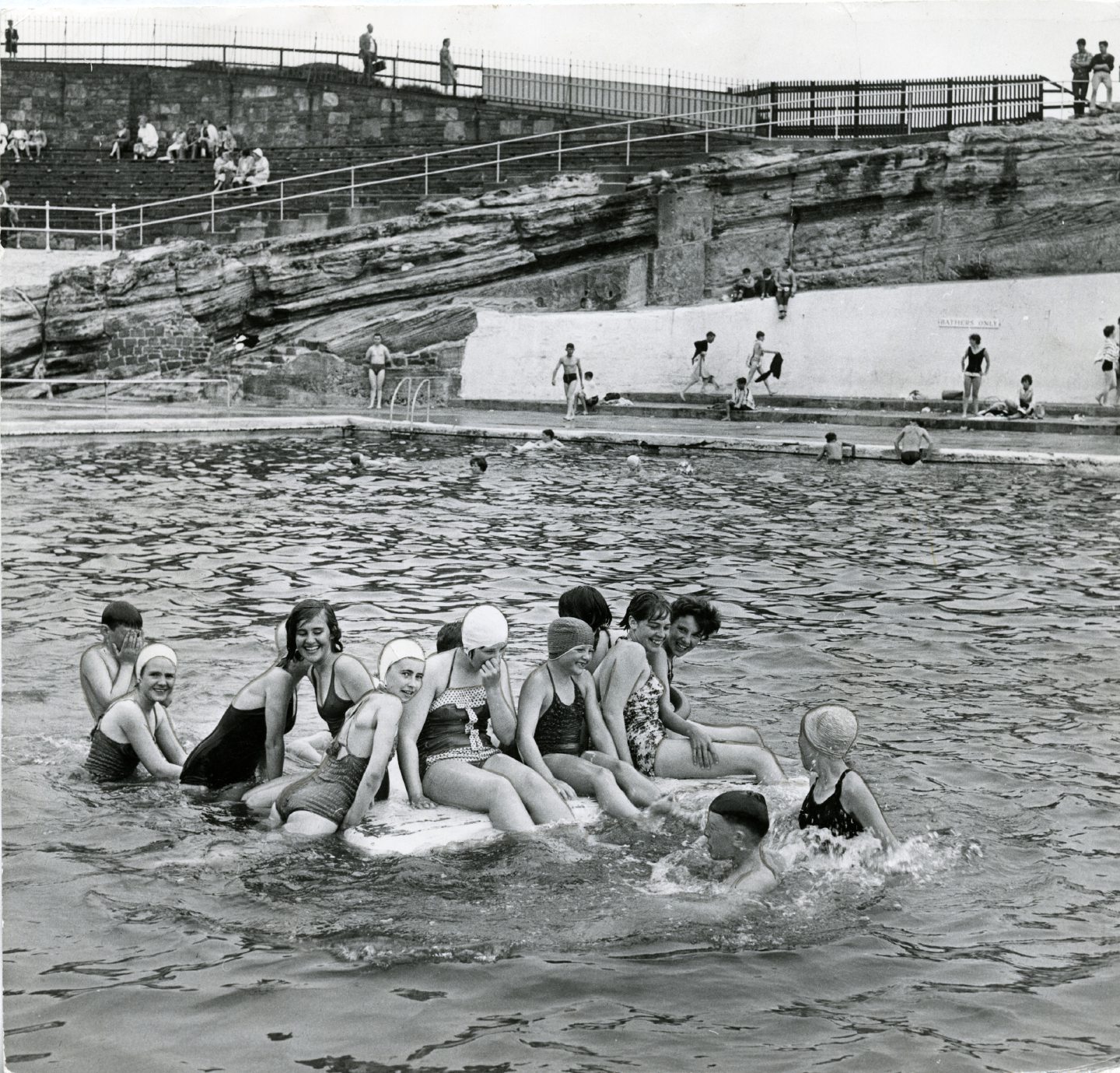
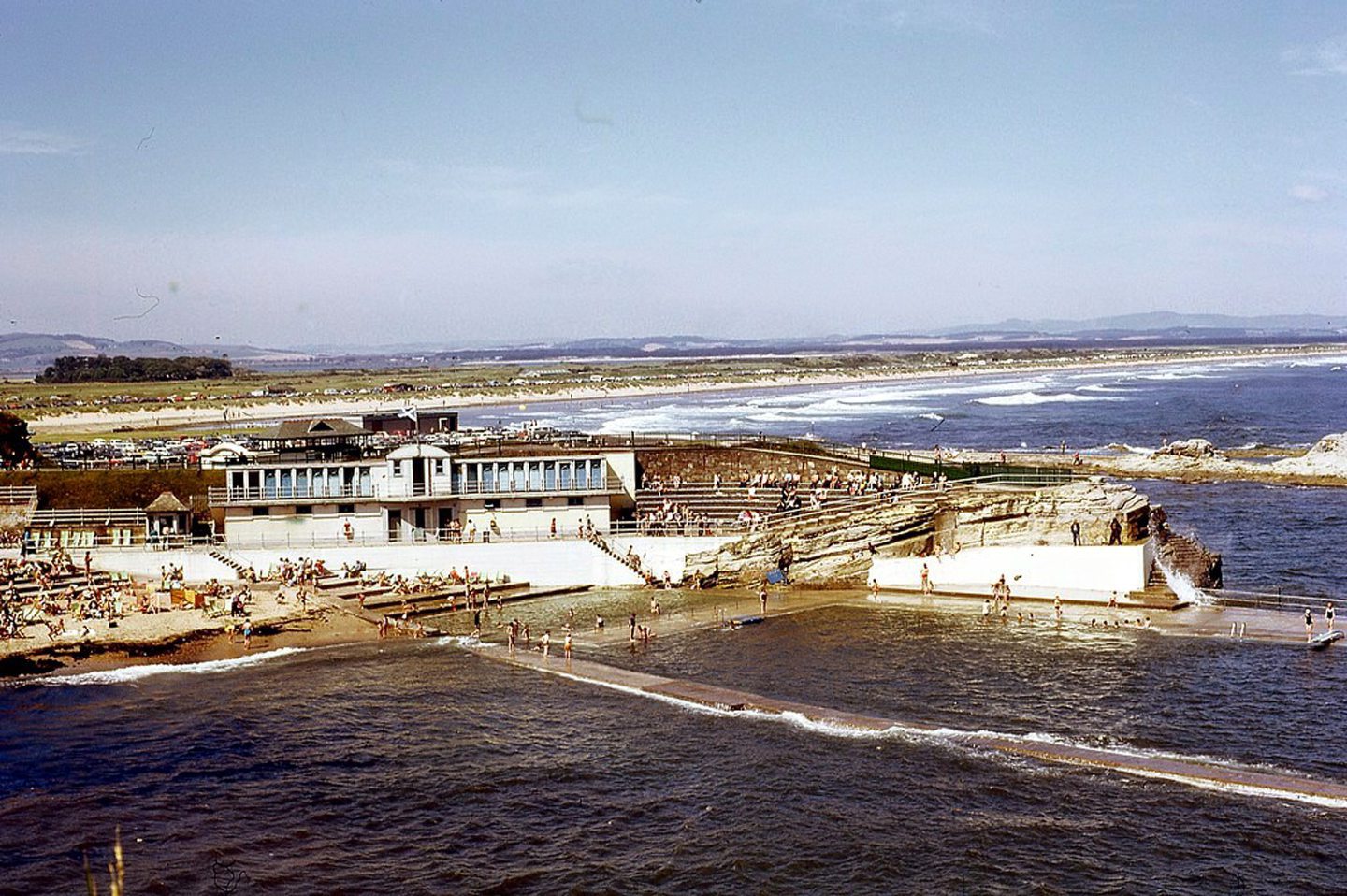










Conversation